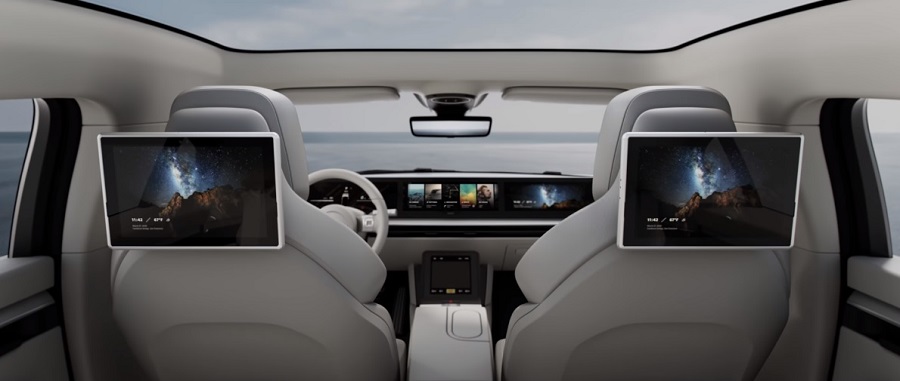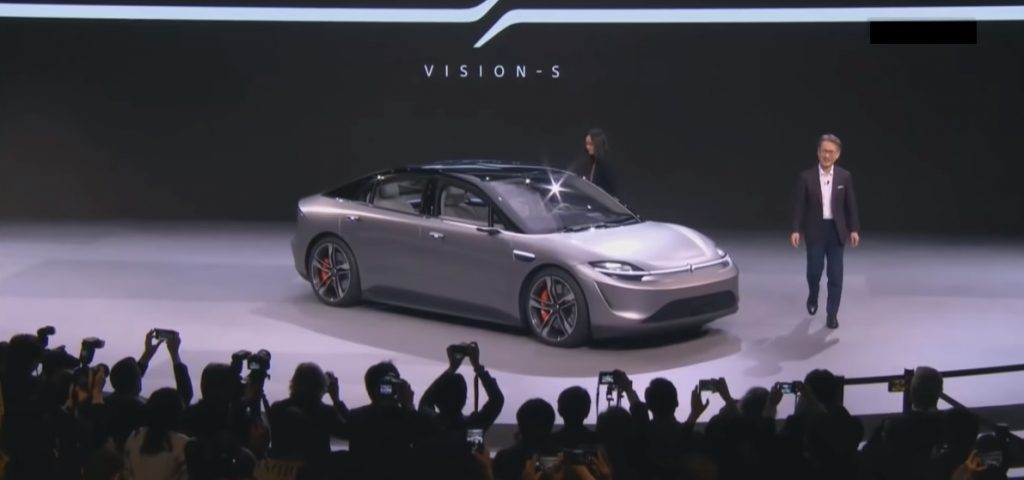Sony’s surprise unveiling of its electric car in Las Vegas was missing some crucial details.

How fast can it go, how far can it travel and how expensive is it? Usually these are the questions that come to mind when you first introduce a car. But when the Japanese electronics group Sony surprisingly showed its own electric car at the CES technology trade fair in Las Vegas, these facts about the prototype called Vision-S only played a minor role.
The aim of the short presentation was to demonstrate what possibilities Sony has in technical developments, said CEO Kenichiro Yoshida. This includes software, sensor and security technology, as well as a complete entertainment system. But he also emphasized: “This prototype embodies our contribution to the future of mobility.”
There is a big question mark as to whether there will actually be a future for electric cars from Sony. Suddenly, there is a supposedly finished car on the stage, on which it is not the logos of ambitious newcomers like Nio or Byton, but that of Sony – that has been a world-famous brand for decades.

In the end, however, the Japanese company may not be interested in whether the car will actually hit the road. At Sony, too, they know that the path from a chic show car to a mass production model is long and, above all, expensive.
It is worth nothing that almost all newcomers have so far failed. Most recently, Dyson had said goodbye to the plans of introducing electric cars. The British company, known for its bagless vacuum cleaners, had worked on an electric vehicle for more than two years and invested more than $2.5 billion. However, at the end of last year, the company abandoned the plans because it couldn’t foresee making the car profitable.
Nevertheless: At every trade fair that deals with mobility, technology or entertainment, electric vehicle prototypes with company logos can now be seen that no one in the car industry had seen before.

The exterior is just a shell, but what it packs inside is noteworthy: the electronic interior. The entire window front acts as a screen. In Sony’s Vision-S, a display almost reaches from door to door. Bold designs all over, and is kind of a rolling cinema, the passengers can stream videos, surf the Internet or answer e-mails.
The first company to use this kind of functionality is Tesla, in which the car is almost exclusively controlled via large screens. What used to be called the dashboard, where analog pointers moved and the odometer was still driven by a shaft, has now been completely virtualized in many cars.
In addition, sound system plays an increasingly important role. In the Sony car, according to the company, an intelligent audio control system should even make it possible for every passenger to hear different music.
Manufacturers are also working to handle communication in the car in the most user-friendly way: with language. In newer cars, the navigation software no longer requires the city, street and house number to be spoken as clearly as possible, but rather interprets sentences spoken independently.
Experts had expected that with the advancement in EVs, electronics companies would also enter the auto business. This was expected above all from Apple – however, the iPhone group cut back its years of development program and is currently focusing on technology for autonomous driving.

Sony’s Vision S is one of many concepts that will end up in the car graveyard very quickly. Except for Tesla, no newcomer has yet managed to set up something promising to join the EV race.









